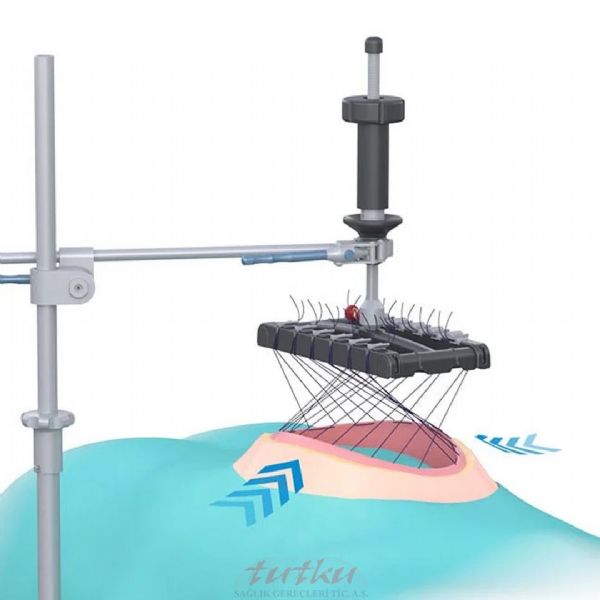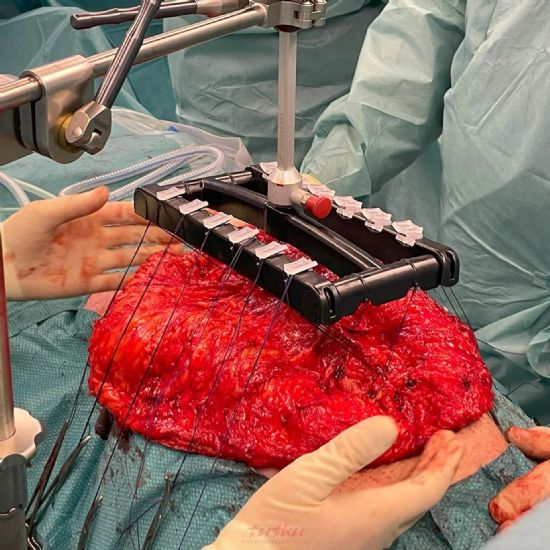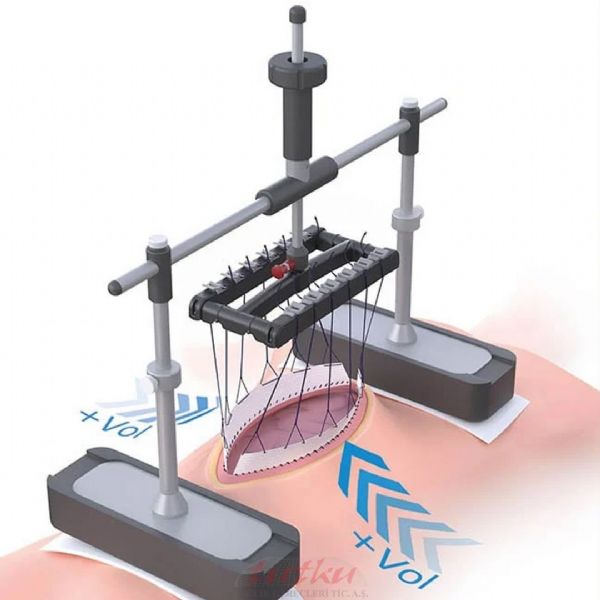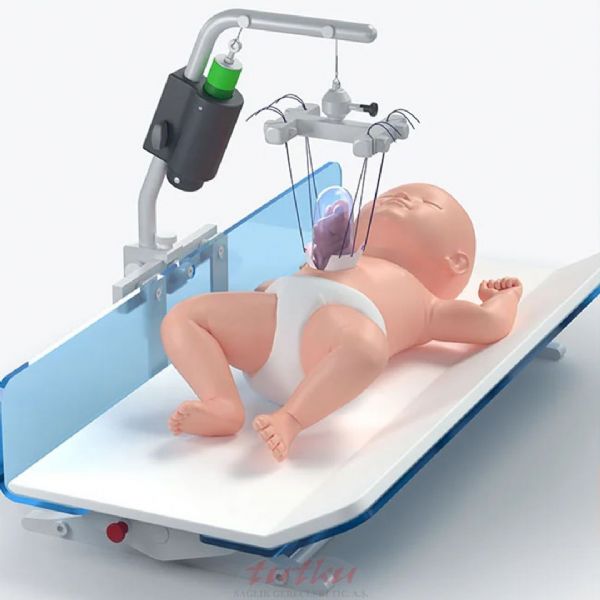Fasciotens | Abdominal Wall Solutions
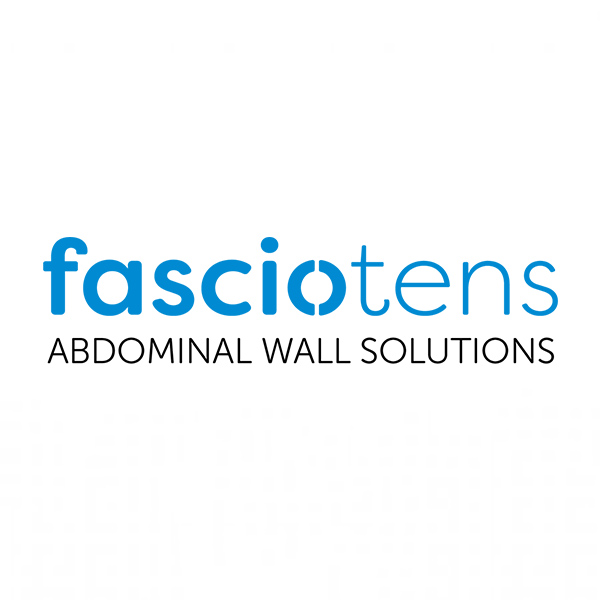
Fasciotens Hernia
Lengthening of the intact abdominal wall on demand
The most common approach to close complex ventral hernias without bridging includes extensive reconstructive procedures (e.g. component separation). These can come with an increased rate of complications and weaken the lateral abdominal wall.
Learn how applying intraoperative fascial traction facilitates the repair of complex hernias in a more gentle way and leads to higher rates of midline restoration*.
Share
Suitable Accessories
Gentle repair of complex hernias
Why is the fasciotens® solution spreading so fast?
Utilise myofascial elongation
Applying diagonal traction to the lateral abdominal wall leads to myofascial stretching. By following this procedure during surgery, it's possible to achieve direct fascial closure.
Avoid traumatic procedures
To achieve a midline closure in complex hernia repair, invasive techniques such as transverse abdominis release are often needed. These challenging techniques deliberately weaken the lateral abdominal wall and should be reserved for the most severe cases. We are convinced that a simpler and gentler approach for most cases should be pursued.
Quantifiable standardized traction
The fasciotens® system is well-probed, CE-certified and was confirmed in several clinical studies. Quantifiable and reproducible traction is applied on the abdominal wall, made visible by the integrated scale to adapt to different patient anatomy.
Another tool in the toolbox
fasciotens® shows impressive results from complex hernias with defects >8 cm width and loss of domain. However, in more challenging cases, the technique can easily be combined with other procedures. Surgeons regularly use fasciotens® together with Botox pre-treatment, TAR or others, depending on the case's requirements. Good to know: You can even use the device in a laparoscopic and robotic approach.
How does it work?
Intraoperative fascial traction allows myofascial elongation
The fasciotens®Hernia device applies vertical-diagonal traction to the abdominal wall intraoperatively. Usually, it takes approx. 30 minutes of traction.
Watch the 30-second video to get more insight
Frequently Asked Questions
Why should I add another technique to my repertoire?
fasciotens®Hernia is a powerful tool in your toolbox. While traditional methods can close most of the hernias, they come with a list of side effects and trade-offs. Recently, wide discussions arose about whether less invasive treatments should be utilised more regularly. fasciotens® allows a high rate of direct fascial closure.
Can I combine the fasciotens®Hernia therapy with other techniques?
Absolutely! Depending on the patient's condition and medical history, different techniques can or should be added to our approach. In many cases, a pre-treatment with Botox proved to be a successful combination. fasciotens® can also be used in laparoscopic and robotic procedures.
What's the procedure for my first application?
Just reach out to your local fasciotens partner or directly to us. One of our surgeons or fasciotens® specialists will discuss your case with you and together we agree on whether fasciotens is suitable. We will make sure that you will have a fasciotens® expert at your side during the treatment.
How long does the treatment with fasciotens®Hernia take?
That depends largely on your patient's condition. The device will be applied exclusively in the OR. After preparation (e.g. retrorectus dissection) the device is set up and fascial traction is normally carried out for approx. 30 minutes. In most cases the fascial edges can be closed directly afterwards.
What do I have to tell my anaesthesiologist?
Since you will apply traction among others to the muscles of the abdominal wall, the patient should be under full muscle relaxation during the whole procedure. Besides that, your in-house standards can be applied.

